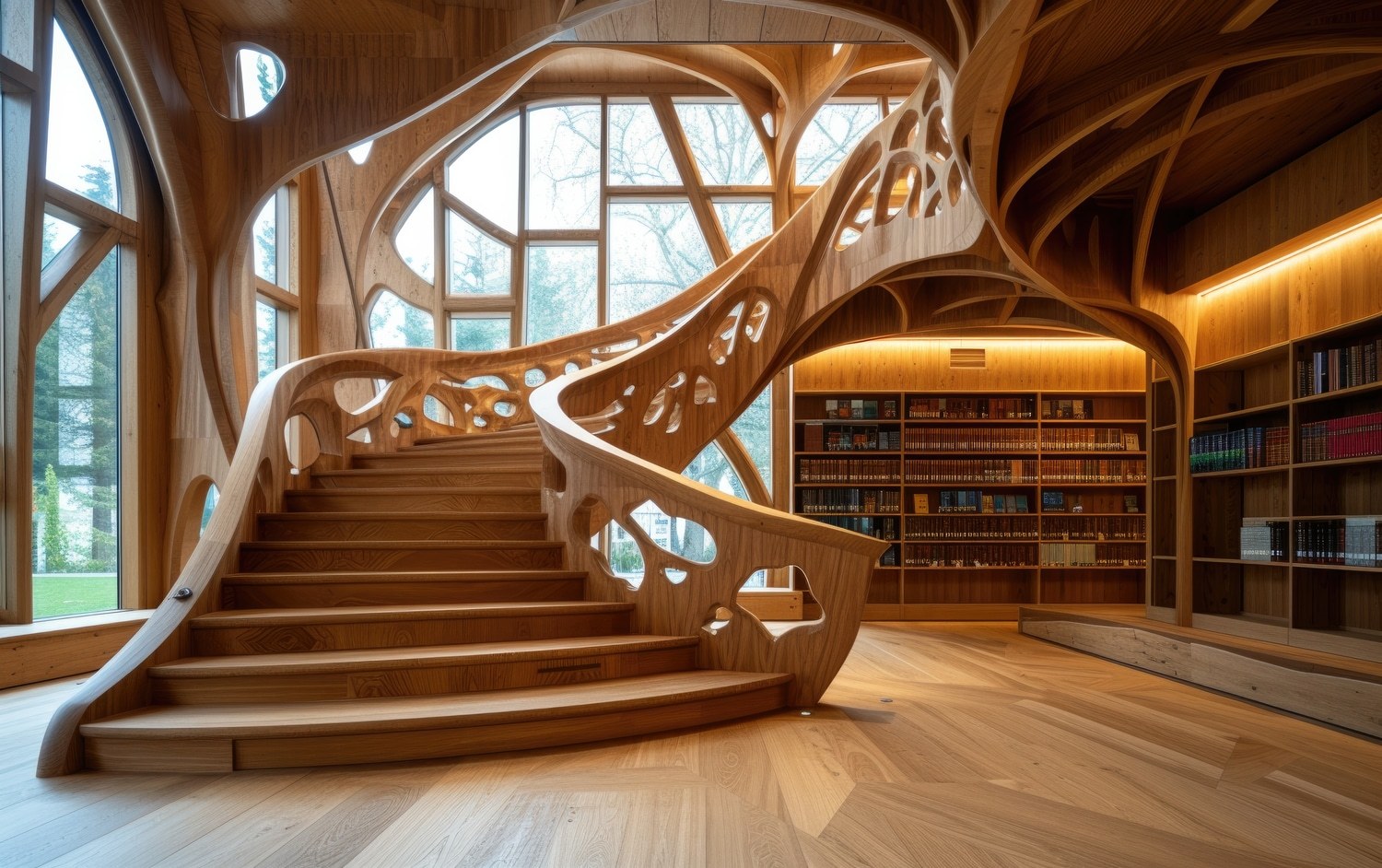Soundproofing a staircase – Create a quieter and more pleasant environment
Soundproofing a staircase is an effective way to reduce disturbing noise and create a more pleasant indoor environment. Staircases are often one of the biggest sources of noise in both homes and public buildings, as sounds from footsteps, conversations, and movements easily spread between floors. Whether it's a private home, an office space, or an apartment building, proper soundproofing of the staircase can significantly improve sound comfort.
Noise from stairs spreads in two main ways:
Airborne sound
such as sound from footsteps and conversations bouncing between walls and floors.
Structure-borne sound
Vibrations from the stair treads that travel through the structure of the building and can be perceived as dull, disturbing noises.
To achieve effective sound insulation in a staircase, a combination of sound-absorbing materials and techniques is required to absorb, block, and reduce sound transmission.
Dampen vibrations in the stair treads
Structure-borne noise from stairs occurs when footsteps generate vibrations that spread through the building's structure. This can be effectively reduced by using vibration-damping materials under the stair treads.
Reduce airborne sound with sound-absorbing materials
Airborne sound, such as the sound of footsteps and conversations, is amplified when it bounces between hard surfaces. Many stairs are constructed of wood, metal, or concrete, which allows sound to spread easily.
Seal gaps and joints to prevent sound leakage
Sound can travel through small gaps and openings around the staircase, making the noise level seem higher than it actually is. By sealing these, sound transmission between floors can be significantly minimized.
Decouple the staircase from the building structure
For stairs in apartment buildings or office premises where sound insulation is particularly important, a decoupled construction can be an effective solution.
Summary – How to soundproof a staircase effectively
Soundproofing a staircase is about combining the right sound-absorbing methods to reduce both structure-borne and airborne sound.
- Dampen vibrations by using soundproofing mats, springy materials, and sound-absorbing adhesive between the steps and the structure.
-reduce airborne sound by covering the steps with sound-absorbing materials and installing sound-absorbing panels on the walls and under the stairs.
- Seal all gaps and joints with acoustic sealant and sealing strips to prevent sound leakage between floors.
- Decouple the staircase from the building frame by using vibration-damping fasteners and sound-insulating floor covering at the foot of the stairs.
By following these steps, you can significantly reduce the noise from a staircase and create a quieter and more pleasant environment.








